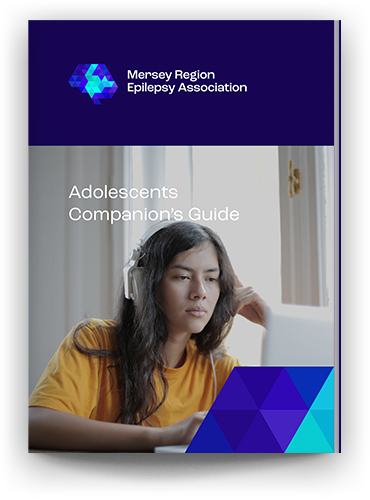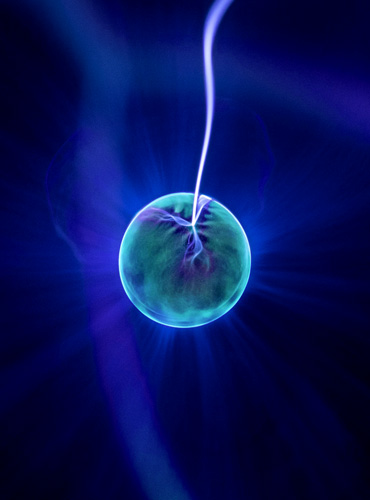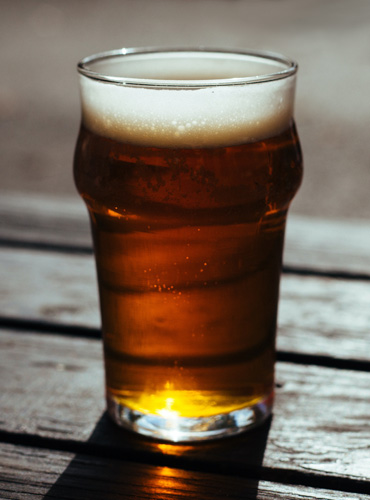Epilepsy in Adolescence —
A Companion’s Guide
This content has been abridged for the website — please download the Full PDF Booklet for all the available information, including:
- Medical Aspects of Epilepsy
- The Diagnosis
- Tests and Scans
- Antiepileptic Drug Treatment
- Surgical Treatment
- Educational Aspects
- Adherence
- Sports & Leisure
- Driving
- Sexuality
- Psychological Aspects
- Impact of Epilepsy on Social Functioning
- Help and Advice
- Personal and Family Relationships










